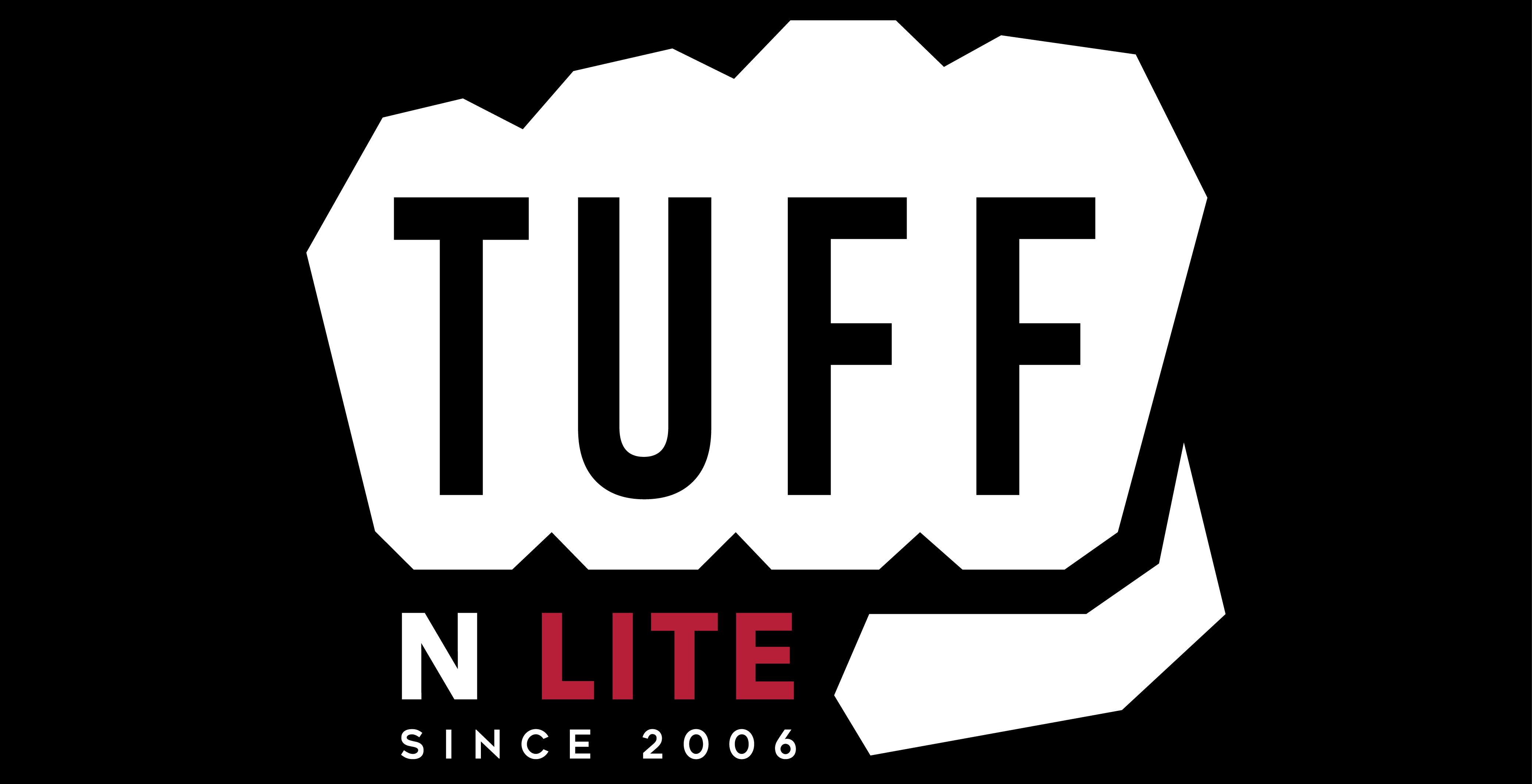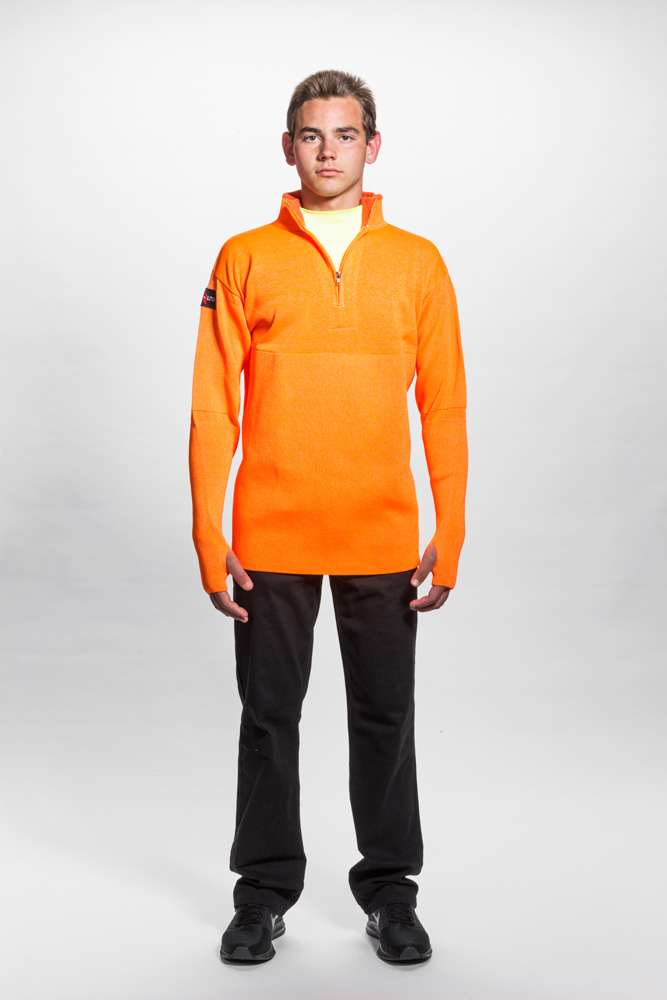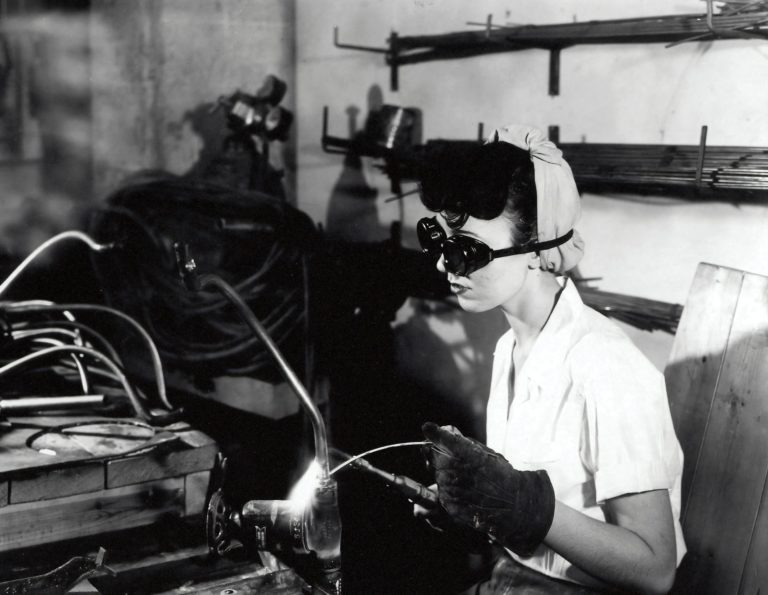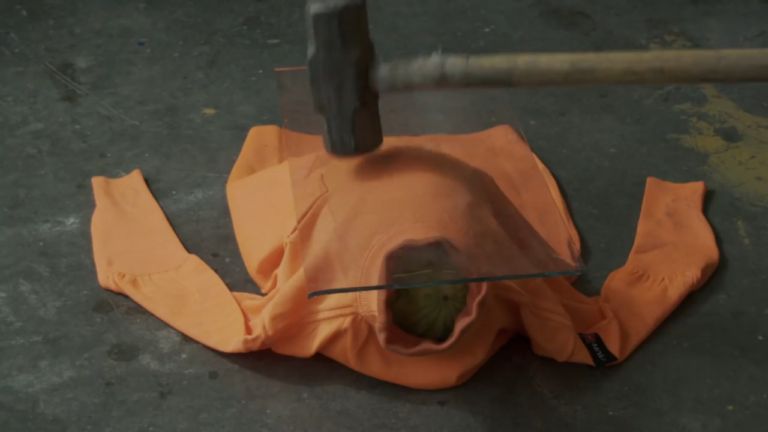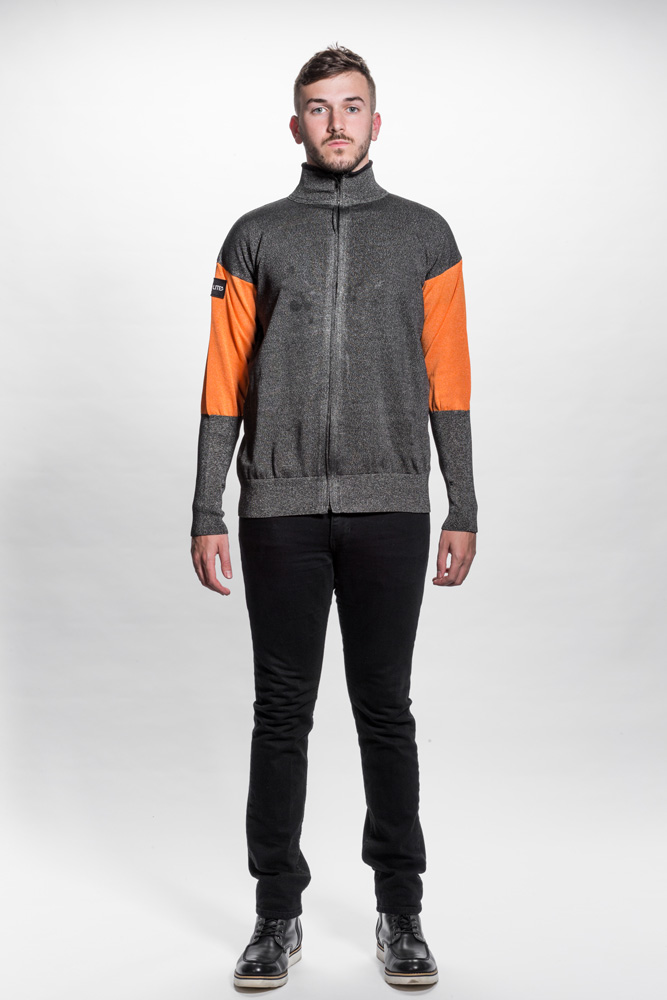7 Qualities to Consider When Choosing the Right PPE
When working in a dangerous environment, the safety of workers should always be the number one priority. This means that supervisors should consider all of their options when selecting personal protective equipment (PPE) for their employees to ensure a safe and comfortable work environment.
However, it can be difficult to know what qualities to look for in PPE for different industries. Fortunately, there are some common characteristics and situations across all industries that make it easier to find the right equipment to suit your needs.
The experts and innovators at Tuff-N-Lite are here with the seven most important qualities to consider when choosing PPE for your workers. By the time you finish reading this guide, you’ll know what kind of equipment to seek out to ensure safety and comfort at your workplace.
7 Most Important Factors for Selecting PPE
There are seven essential factors to consider when figuring out which PPE is the right fit for your work environment.
Climate
One of the first things you need to consider when selecting the right PPE is the climate that people will be working in. If you buy PPE that is too heavy for a hot environment, your workers can get fatigued, and accidents are more likely to occur. Conversely, if you buy PPE that is too light for a cold climate, workers can become uncomfortable, and this impairs coordination and can lead to injuries and decreased production throughput.
If you’re working indoors in a climate-controlled environment, you have plenty of options since the climate can be controlled to some degree to ensure comfort. Generally, pullovers are recommended for climate-controlled spaces since there are no dangling zippers or loose ends to interfere with work. Another factor to consider is whether your company has a culture of safe behavior. This is the x-factor at every company.
Culture is human behavior and behavior is the hardest thing to change in an organization. If employees constantly leave their jackets unzipped, or forget to wear their PPE then we recommend Pullovers instead of Jackets. If you have a safety-conscious workforce that follows all the rules then jackets are acceptable. Let’s face facts, no one wants to be a “safety cop” and walk around saying “zip up your jacket” all day long.
If you work outdoors or go-between inside and outside throughout the day, you will want to look into PPE that can be zipped open or closed. This way, you can personally adjust to whatever climate you are facing without sacrificing safety.
Threat Level
Another factor to consider is the threat level of the job being done by the person who will be wearing the PPE. You have to ask yourself as a supervisor: how dangerous is the production process this person will be in?
If your workers are in an environment where heavy annealed glass is being moved around frequently, you need high-level PPE. Half-inch annealed glass can break and become as sharp as a scalpel, posing a serious threat to workers. In this instance, they would need PPE with higher levels of cut protection to prevent a tragedy.
However, if your workers are handling quarter-inch tempered glass, there is less risk for serious or fatal accidents. In this instance, level 4 or 5 gear is sufficient for protecting them.
After assessing the threat level, you can choose your equipment correctly. Simply put: the higher the threat level, the higher the cut protection level should be.
Balancing Comfort & Safety
A significant point of contention when it comes to PPE is how to balance comfort and safety with wearable equipment. When people are working, they like to be comfortable. If everyone working is uncomfortable, work morale drops, and the chance for careless accidents increases exponentially. To avoid this, finding a balance is vital.
In this regard, it is most important not to overcompensate and buy equipment for a higher safety rating than you need. The higher-rated a piece of PPE is, the heavier it gets. Not only will this fatigue workers, but they might be too stiff and uncomfortable to do their job efficiently.
Finding a proper balance begins with assessing the threat level of any given task and selecting the best equipment to cover the worker doing it. Just make sure you don’t go overboard!
Presence of Vehicles & Forklifts
In the workplace, a lack of spatial awareness from employees can lead to accidents. Injuries caused by forklifts, trucks, and other vehicles are all common in factories and warehouses across the country, and should absolutely be a factor when choosing the proper PPE for workers.
If workers are going to be around vehicles of any kind or working in low-light areas, they need PPE with Class 3 Hi-Visibility tape. This is now required for anyone working at Airports in the USA, and PPE needs more than 300 square inches of hi-visibility reflective tape. This reflective material reflects light back at headlights and ensures people are visible at all times and can help save lives and injuries.
Sizing & Proper Fit
Perhaps the most overlooked factor when choosing PPE is making sure that the equipment is appropriately sized for each worker. In a lot of jobs where manual labor is involved, loose clothing helps keep workers comfortable. However, baggy clothes can easily get caught in machines or on passing vehicles, with possibly catastrophic results.
In order to avoid this, take the time to find out what size clothing your workers wear. Their PPE doesn’t have to be perfectly form-fitting, but it shouldn’t be baggy. Also, take into consideration the length of a worker’s neck, especially when glass and other sharp objects are involved. Collars should cover a person’s neck entirely in these fields. That coverage can save lives.
Industry
What industry you serve has an effect on the PPE you should choose as well. There is no one tool that can do it all, and you need to be sure that you choose protection equipment for your workers carefully.
For instance, some PPE clothing has wire in the yarn, which can potentially be fatal if workers are exposed to electricity or work in an environment where there is an electrical threat. Likewise, if there is a fire threat, then your PPE shouldn’t be made of HPPE (high-performance polyethylene) since it can melt into the skin and cause permanent damage.
People working in the police or defense fields should also have higher-level material near the neck since they are most prone to stabbing or slashing in that vulnerable area. In addition, their PPE should have increased padding on arms and sides to protect from physical blows that may occur while on the job.
If your industry has special requirements that must be met, chances are that PPE exists to meet them. It is crucial that you take the time to assess the possible dangers or unique situations that your industry presents and find the right PPE to protect workers who encounter them.
Cost of PPE
Cost is a big consideration for choosing PPE, especially the larger a company gets.
How much PPE costs is determined by several factors.
The most prevailing cost-determining factor is the level of resistance, whether it be cut-resistance, electrical-resistance, or flame-resistance.
Generally, there is no significant difference in cost between the three types of PPE, since they all protect against different things with little overlap. However, there is a steady increase in price as the level of resistance gets higher in each piece of equipment. For instance, a level 4 cut-resistant jacket is going to cost considerably less than a level 8 jacket.
The cost of PPE is always brought up when deciding what to buy for workers, and not without reason. Outfitting employees with PPE is an expensive endeavor and not a decision that should be made lightly. However, should the cost of equipment be the deciding factor when deciding what PPE to purchase?
This might be surprising to some, but the answer to that question is no. As Tuff-N-Lite CEO Matt Kolmes says, “Don’t be worried about cost. Be worried about not having the right tool for the job and how long your PPE lasts.” Cost is not as useful as ‘cost in use.’
To illustrate this point we use the glove example.
Company A has a policy: They never pay more than $5 dollars for a pair of gloves. Their employees consume these gloves at a rate of one pair per shift, or one pair per week depending upon the employee and how much power they use when handling tools. We provided gloves to this company that was $19 dollars a pair and six weeks later they were all working in the original gloves provided to each employee. It is clear that their policy of never paying more than $5 dollars for a pair of gloves cost them tens of thousands of dollars per year. This is why we look at ‘cost in use’ and opposed to ‘cost’ only.”
PPE saves lives. The six key factors we discussed earlier all contribute to that fact. By focusing on those elements, you can make sure that your employees are safe and comfortable while doing their job, so they can have better morale and work more productively.
Too many times companies underspend on PPE and pay the price when accidents occur. Kolmes says, “I think people should be very wary of cheap PPE. I think that a cheap safety jacket can get you killed.” If your company is self-insured this can potentially be a disaster for a smaller company.
Inexpensive PPE may also end up costing you more money in the long run as well. If you were to buy cheap safety jackets that cost $150 each but get worn down and need to be replaced every six months, that cost is going to add up quickly. When comparing that to a $300 jacket that will last you more than three years, the savings become apparent.
Let’s do some quick math:
- Jacket A, that needs replacement every 6 months at an individual cost of $150.
- $150×2 = $300/year
- $300×3 = $900 spent per person after 3 years
- Jacket B, that can last 3 or more years, at an individual cost of $300.
- $300 spent per person after 3 years
Ultimately, that is a $600 difference per person! Thus, looking at long term gain vs short term loss is important to true cost savings.
Safety is a long-term investment, and a higher initial cost will always pay off down the line.
Next time you are deciding which PPE to get for your workers, keep that in mind. Cost is always going to be a factor in this decision, but it shouldn’t be the only factor. A healthy balance between cost and safety should always be found.
Final Thoughts
There are many factors to consider when choosing the right piece of PPE for your workplace. Climate, threat level, vehicles, comfort, sizing, and industry often influence that decision.
As always, the cost is important to consider as well. However, instead of asking how much the PPE will cost, consider what choosing the wrong PPE will cost you.
Now that you are aware of and taking into consideration these six important factors when picking PPE for your workplace, you are ready to make an informed and responsible decision for equipping your workers.
Still Have Questions?
If you still need assistance in making the right decision, our team at Tuff-N-Lite would be happy to help you understand what is needed in your particular workplace.
Get in touch with us to find out how we can help you with workplace safety by contacting us here.
